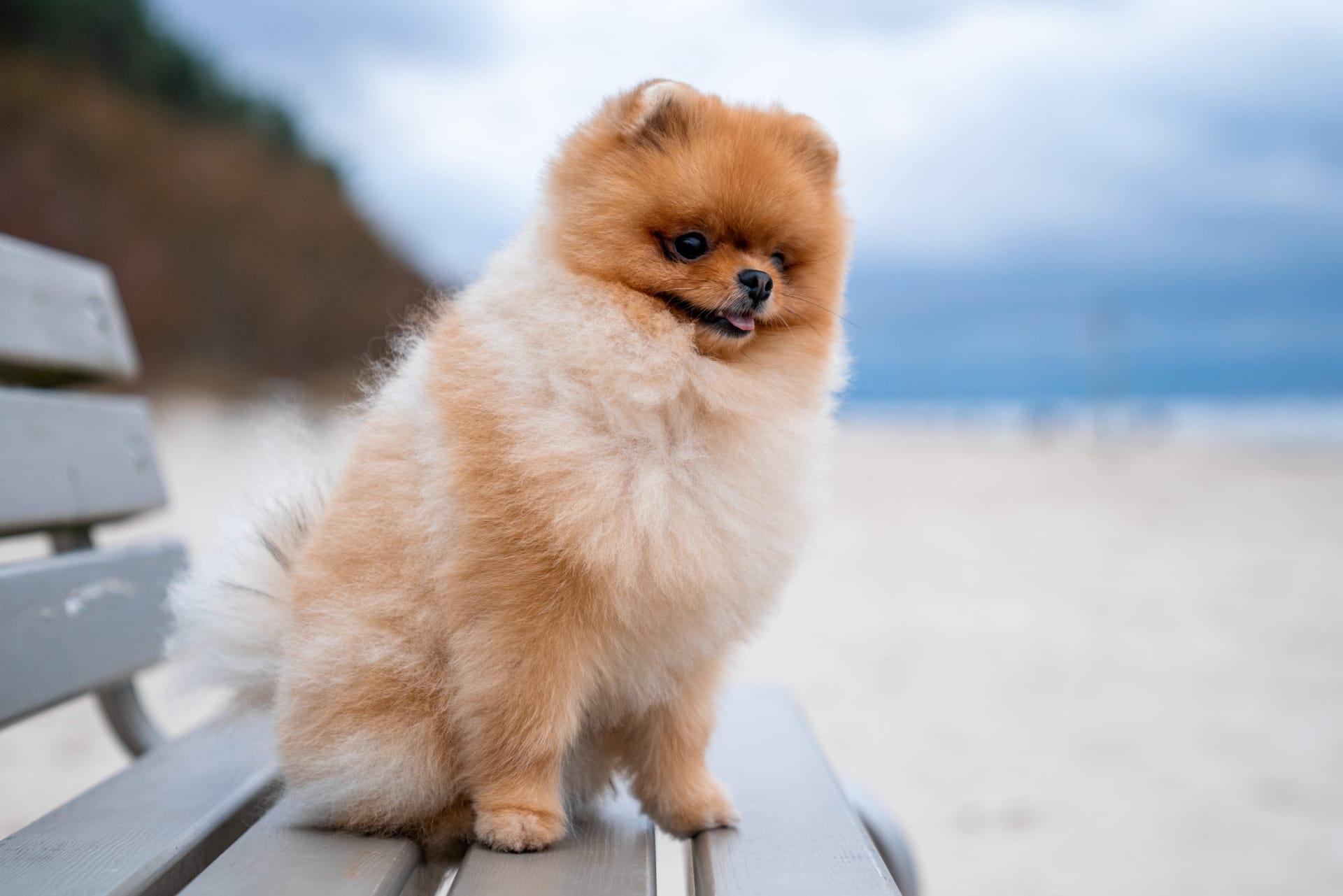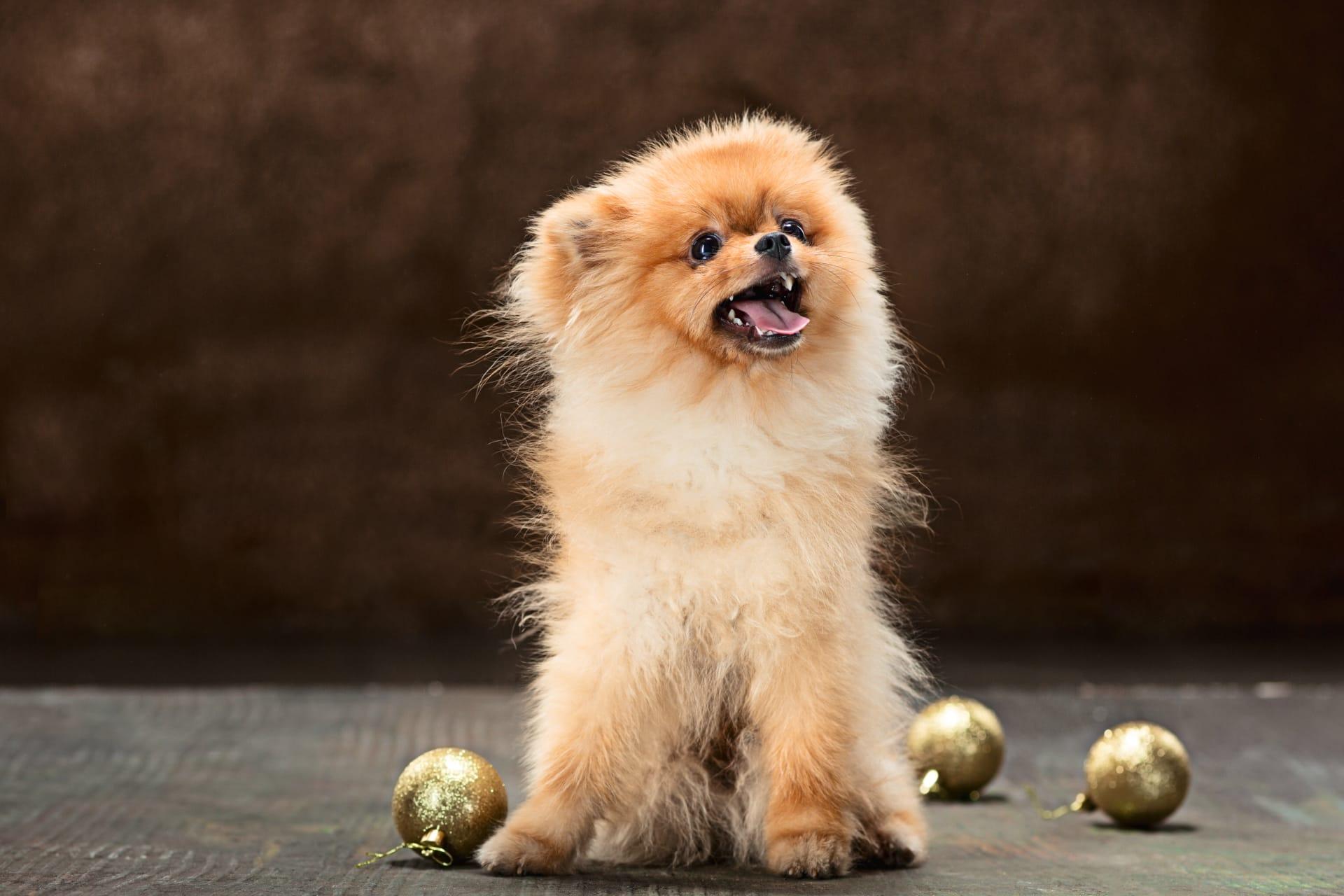Pomeranian
- Home /
- Mini Encyclopedia /
- Animal /
- Pomeranian
1
The Pomeranian, a member of the Spitz family of dogs, is classified scientifically under the Canis genus, falling within the Canis lupus familiaris species. This toy breed is recognized by its fluffy double coat, fox-like expression, and vivacious personality. Adult Pomeranians typically weigh between 3 to 7 pounds (1.36 to 3.17 kilograms) and stand about 6 to 7 inches (15 to 18 centimeters) tall at the shoulder. Their coat colors range widely, including shades like orange, cream, black, and blue, among others.
Pomeranians are globally distributed, primarily residing as companion pets in homes across various continents. Originally larger sled-pulling dogs from the Arctic regions, they were bred down to their current small size in Pomerania, a region now part of modern-day Poland and Germany. Today, they are one of the most popular breeds in urban settings, particularly favored in the United States, Canada, and many European countries. Their adaptability to apartment living and their sociable nature with humans contribute to their widespread presence in cities worldwide.

2
Question: Is it true that Pomeranians are high-maintenance pets only suitable for those with plenty of leisure time?
Answer: Contrary to the common misconception that Pomeranians require constant attention and are only suited for people with ample free time, these dogs are quite adaptable and can thrive in various environments, including busy households. While they do have a luxurious coat that requires regular grooming to prevent matting and maintain health, their exercise needs are moderate. A few short walks daily, coupled with some playtime, are generally sufficient for a Pomeranian's physical well-being. Their intelligence and eagerness to please also make them relatively easy to train, debunking the myth of them being solely high-maintenance pets.

3
Pomeranians have developed a close relationship with humans through centuries of domestication, evolving from their larger, more robust ancestors into the affectionate and companionable pets we know today. Their diminutive size and amiable disposition have made them favored companions, often seen as family members rather than mere pets. They are particularly known for their loyalty and can form strong attachments to their owners, making them excellent companions for individuals and families alike.
Moreover, Pomeranians are known for their alertness and can be quite vocal, which makes them good watchdogs despite their small size. Their interaction with humans goes beyond companionship, as they often participate in various dog sports and activities, including agility and obedience competitions. Their intelligence and trainability, combined with their eagerness to perform, allow them to excel in such environments, further strengthening their bond with their human counterparts.

4
The Pomeranian breed originated from the larger Spitz-type dogs of the Arctic regions, used primarily for pulling sleds and herding animals. The breed was named after the Pomerania region in Central Europe, where they were bred down to their current small size. Historical records suggest that the breed became particularly popular in the 18th century among royalty and nobility, including Queen Victoria of England, who played a significant role in popularizing the smaller-sized Pomeranians.
Over the years, Pomeranians have undergone significant evolutionary changes, primarily in size and appearance. From their origins as larger working dogs, selective breeding practices focused on reducing their size, enhancing their coat's fluffiness, and refining their fox-like facial features. This evolution was driven by the breed's growing popularity as a companion animal rather than a working dog, leading to the Pomeranian we recognize today, characterized by its small stature, vibrant personality, and diverse coat colors.

5
Film: "The Secret Life of Pomeranians" is a British documentary released in the late 2010s, exploring the rich history, charming characteristics, and modern-day lifestyle of Pomeranians. The film delves into their evolution from sled dogs to beloved companions, featuring heartwarming stories from Pomeranian owners and insights from canine experts.
Book: "Pomeranians: A Guide to the Teacup Dog" by British author Emily Baxter, published in the early 2020s, provides an in-depth look into the care, training, and personality of Pomeranians. Baxter's work is renowned for its practical advice, covering everything from grooming tips to health care, making it an essential read for current and prospective Pomeranian owners.
Book: "The Pomeranian Handbook" by American canine specialist Linda Whitwam, released in the mid-2010s, offers a comprehensive overview of the breed. This book stands out for its detailed coverage on the breed's history, health, and behavior, enriched with personal anecdotes and expert recommendations, making it a valuable resource for anyone looking to deepen their understanding of Pomeranians.